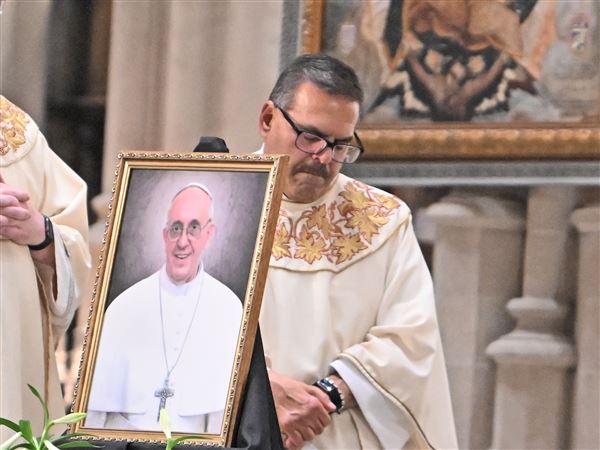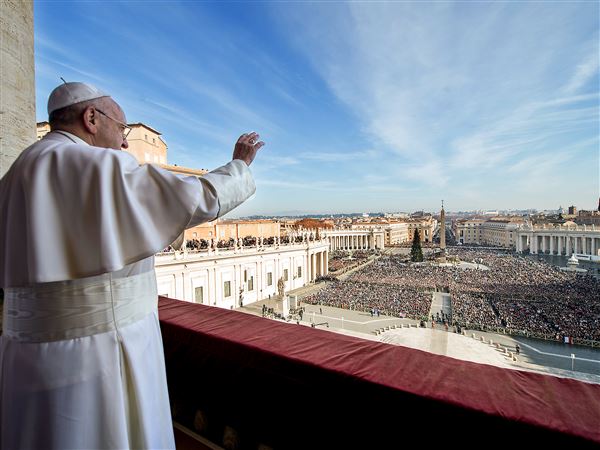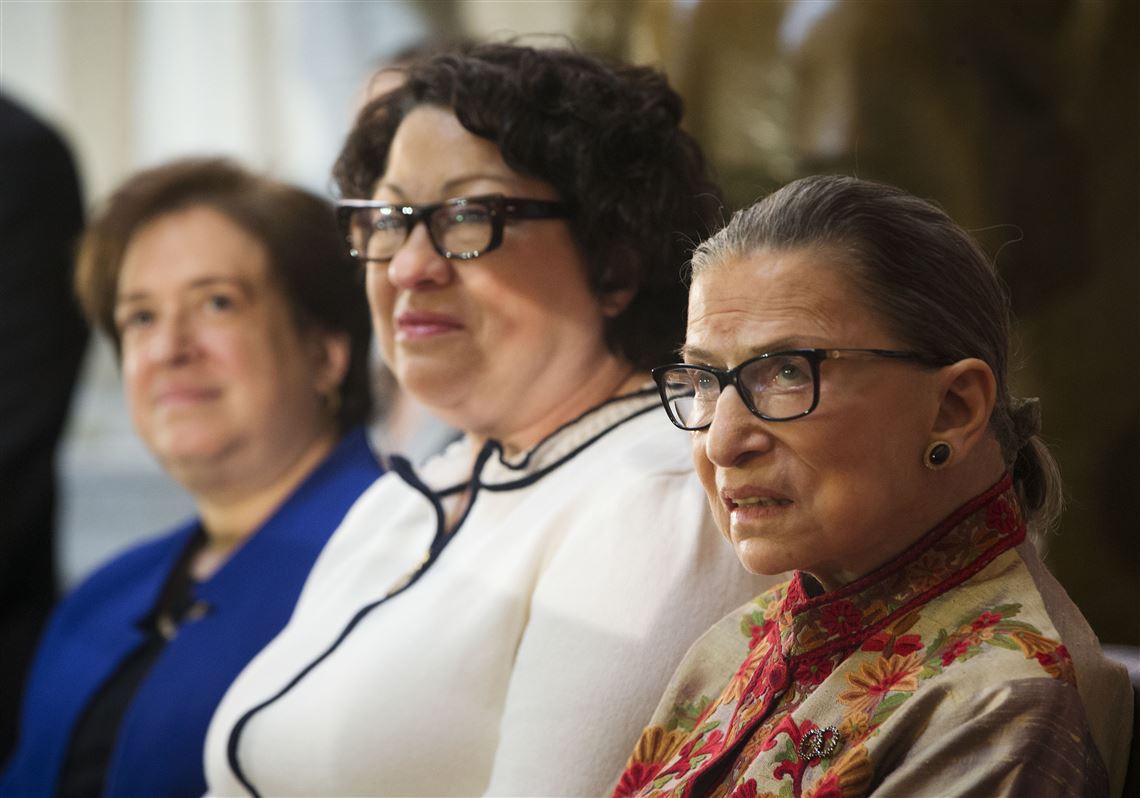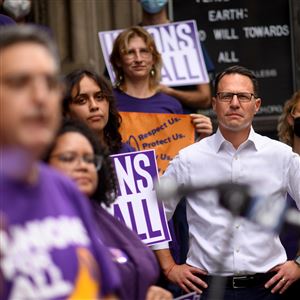On June 24, Supreme Court Justices Stephen Breyer, Sonia Sotomayor and Elena Kagan posted a letter to posterity: their dissenting opinion in Dobbs v. Jackson Women’s Health Organization.
Supreme Court scholars don’t pay much attention to dissents. The assumption is that they are largely perfunctory — the judicial equivalent of sending your regrets. Whether brilliantly argued or merely pro forma, they’re a dead letter on arrival: In the American system, the law is what the Supreme Court’s majority says it is.
But there are reasons for Justices Breyer, Sotomayor and Kagan to hope for more — perhaps envisioning a day when their words help to flip the law on abortion rights yet again. They need only look to Justice Samuel Alito’s majority opinion in Dobbs to see how a dissent can inspire future generations: Justice Alito repeatedly cites Justice Byron White’s dissent in Roe v. Wade as a basis for overturning the decision.
More fundamentally, a close examination of the role of dissents in court history suggests they’re far more potent than is generally regarded. I charted the path of some of the court’s most famous dissenting opinions in writing the recent book, “The Great Dissenter: The Story of John Marshall Harlan, America’s Judicial Hero.”
Harlan, who served from 1877 to 1911, earned his sobriquet by disagreeing fundamentally, often furiously, with his colleagues on the two biggest issues of his day: the withdrawal of rights from African Americans after the end of Reconstruction, which led to decades of legal segregation, and the court’s rejection of the federal government’s attempts to address extreme income inequality during the Gilded Age.
In his most famous dissent, delivered alone in Plessy v. Ferguson, which gave the court’s stamp of approval to legal segregation, he wrote such memorable lines as “our Constitution is color-blind and neither knows nor tolerates classes among citizens,” “the humblest is the peer of the most powerful,” and “there is no caste here.”
For all this, he was remembered as a man who was right on the law even when his colleagues seemed deluded. But even his admirers missed an important aspect of his legacy: His dissents played a major role in changing the law.
There was, however, no single path to change.
In the Civil Rights Cases of 1883, in which the court overruled a federal civil rights act guaranteeing Black people equal access to transportation and public accommodations, Harlan offered the then-novel argument that the law could be sustained under the government’s power to regulate interstate commerce. It was precisely on those grounds that a later court approved the Civil Rights Act of 1964.
In Pollock v. Farmers Loan & Trust Company, in which the court declared the federal income tax to be unconstitutional, Harlan’s furious dissent not only attacked the majority for its interpretation of the law, but warned of dire consequences if the government were to be deprived of the power of taxation in wartime. Those latter arguments struck a chord when a young congressman read them aloud on the floor of the U.S. House. What emerged was the Sixteenth Amendment, which overruled the Pollock decision in 1913, just a few years before World War I.
Then there was the epic battle over segregation, led by Thurgood Marshall and his team from the NAACP Legal Defense Fund. In the 1940s and ‘50s, they scoured the South for Black plaintiffs willing to challenge legal segregation, even as the Ku Klux Klan stood ready to terrorize them. Harlan’s dissent in Plessy v. Ferguson was proof that such challenges might not be entirely futile — that if one white jurist could see the flaws in the legal argument for segregation, others might yet be ripe for persuasion.
“Marshall’s staff would gather around him at a table in his office to discuss possible new theories for attacking segregation,” recalled Constance Baker Motley, one of Marshall’s top lieutenants. “Marshall would read aloud passages from Harlan’s amazing dissent. I do not believe we ever filed a brief in the pre-Brown days in which a portion of that opinion was not quoted. Marshall’s favorite quotation was ‘Our Constitution is color blind.’ It became our basic legal creed.”
Brown, of course, was Brown v. Board of Education, the 1954 case that overruled the Plessy “separate but equal” doctrine. Harlan’s dissent was prominently quoted in the NAACP Legal Defense Fund’s brief in that case. The New York Times’ editorial on the decision was headlined, “Justice Harlan Concurring.”
In recent years, as an increasingly conservative court issued divisive opinions, dissenting justices including Ruth Bader Ginsburg began expressing the hope that their legacies would parallel Harlan’s: that their dissents would eventually force changes on the country. That is clearly what Justices Breyer, Sotomayor and Kagan are envisioning.
Their dissent in Dobbs doesn’t merely recite the arguments backing Roe v. Wade but introduces new frames in which to view abortion rights. To be sure, it includes some of the familiar defenses of abortion rights: how the 14th Amendment’s protection of individual liberty embraces privacy; how the court was violating its own doctrine of stare decisis in overturning such a vital precedent by a 5-4 vote; and how the rejection of abortion rights imperils other privacy-based rights to marriage and contraception.
But the three dissenting justices also went well beyond the Roe court in tying the concept of abortion to equal rights for women. Clearly, Justices Breyer, Sotomayor and Kagan are envisioning a future in which new doctrines will enforce gender equality, and in which abortion rights might be sustained as a matter of equal protection rather than just liberty.
“Whatever the exact scope of the coming laws, one result of today’s decision is certain: the curtailment of women’s rights, and of their status as free and equal citizens,” the three justices wrote.
Elsewhere, they attack the formulation in Justice Alito’s majority opinion that constitutional rights must be judged in reference to what was accepted practice at the time of the framing of the Constitution.
The justices averred: “We referred there to the ‘people’ who ratified the 14th Amendment: What rights did those ‘people’ have in their heads at the time? But, of course, ‘people’ did not ratify the Fourteenth Amendment. Men did. So it is perhaps not so surprising that the ratifiers were not perfectly attuned to the importance of reproductive rights for women’s liberty, or for their capacity to participate as equal members of our nation.”
If future justices expand the Supreme Court’s view of gender inequities, even in unrelated cases, the dissent of Justices Breyer, Sotomayor and Kagan is intended to be a reminder that the right to control one’s body is essential to women’s equality.
Argument, reason, inspiration — all are part of the lifeblood of the law, which is refreshed with each generation of jurists. Harlan’s dissenting opinions prevailed simply because they were more persuasive than those of the court’s majority. The three Dobbs dissenters can only hope for the same fate.
Peter S. Canellos is a managing editor at Politico. He will discuss “The Great Dissenter: The Story of John Marshall Harlan, America’s Judicial Hero,” with University of Pittsburgh law professor Stephanie Dangel at Riverstone Books in McCandless Crossing on Friday, September 30, at 7:30 p.m.
First Published: September 25, 2022, 4:00 a.m.




















